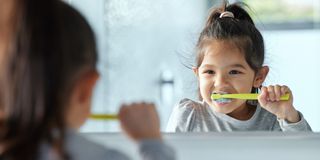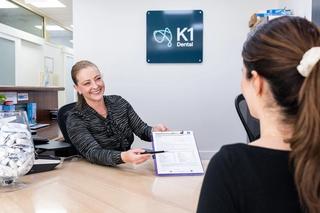Brushing Tips for Kids

Getting children to brush their teeth can sometimes be a battle, but given the statistics on dental disease prevalence in children, it’s a necessary and beneficial thing to do. The Australian Institute of Health and Welfare reports that around 42% or 2 in 5 children aged 5-10 years old had experienced decay in their baby teeth, and 24% or 1 in 4 children, aged 6-14 years had decay in their adult teeth.
Plaque is a soft sticky substance that forms on teeth. In the right environment, plaque can cause a hole to form in the teeth. Once a hole forms, there is no other option than to restore the tooth with a filling. The National child health study showed that 42.6% of children had at least one tooth with plaque, varying across age groups from 32.4% of 5–6 year olds to 49.5% of 9-10 year olds. While the highest percentage was among Indigenous children aged 7–8 years (69.7%). (NCHS 2012-14)
We know that dental decay is largely preventable. With these practical tips, you can make brushing your children’s teeth a smoother process for all involved, and together we can lessen the burden of dental disease for our children in the future by creating healthy habits that continue throughout our children’s lives.
- Allow your children to brush their own teeth and then go over brushing with them afterwards
- For children under 6 years; sit your child on your knee, or stand behind them, and tilt their head backwards into your chest or abdomen. This allows you better access and sight into the mouth to enable more efficient brushing
- Use a small soft toothbrush
- Encourage children to use a small amount of fluoride toothpaste
- Floss your child’s teeth for them once a day
- Drink tap water
- Schedule regular checkups with your dentist
- Limit the consumption of sugary foods and drinks
I look forward to seeing you at your next preventative care appointment at K1 dental.
Amanda Richards
Registered Dental Hygienist
K1 Dental, Toorak


